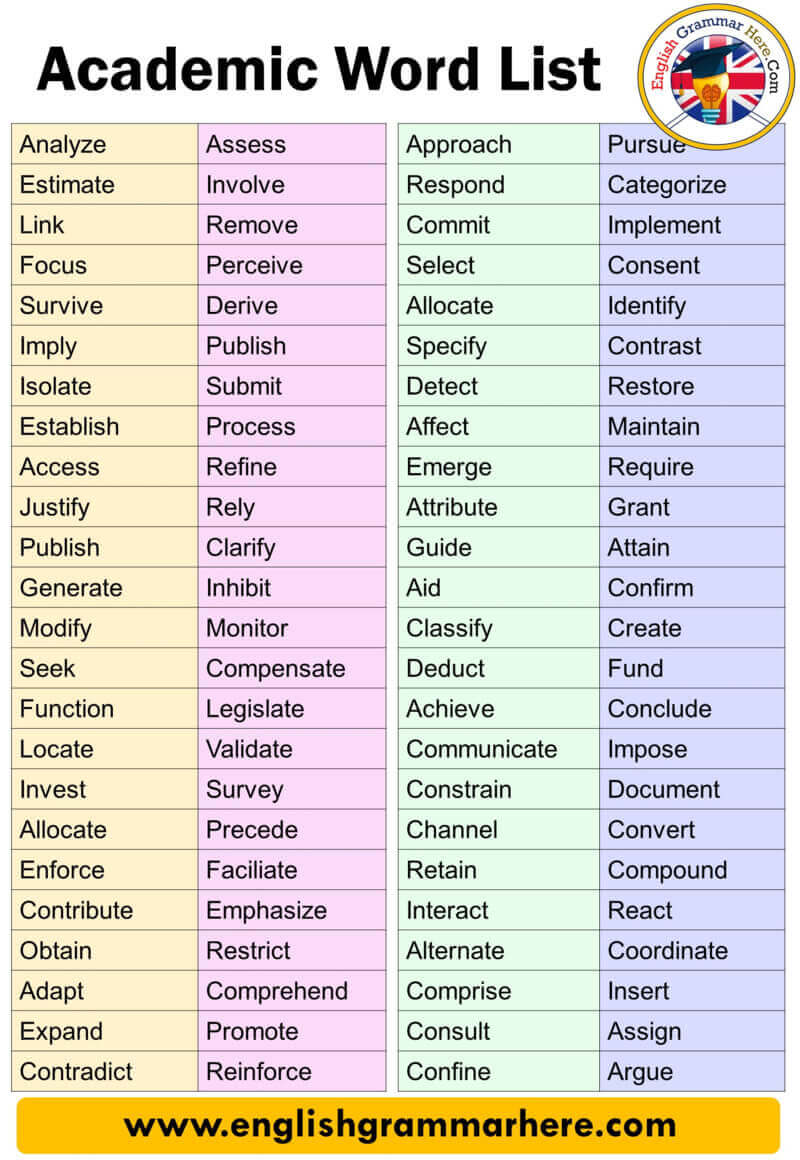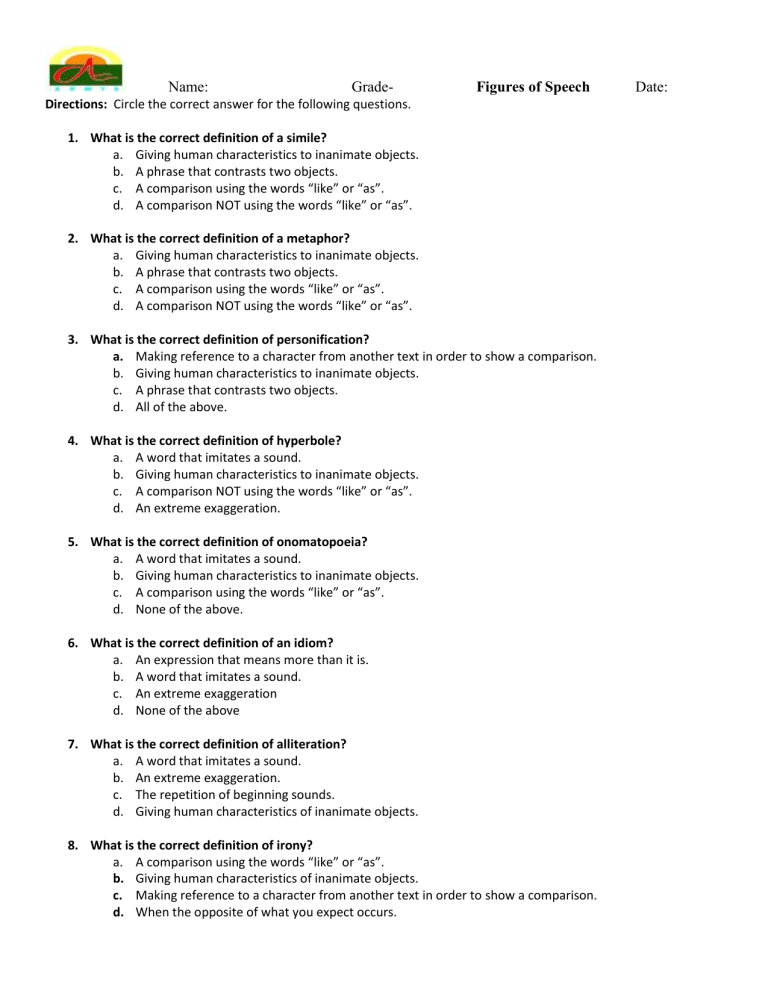

Graphs are interactive and may be used to explore relationships and to retrieve text segments associated with specific connections.Įxplore relationships between unstructured text and structured data: Detect underlying patterns and structures of co-occurrences using three layout types: multidimensional scaling, a force-based graph, and a circular layout. While in hierarchical cluster analysis, a word may only appear in one cluster, topic modeling may result in a word being associated with more than one topic, a characteristic that more realistically represents the polysemous nature of some words as well as the multiplicity of contexts of word usages.Įxplore connections among words or concepts using a network graph. Get a quick overview of the most salient topics from very large text collections using state-of-the-art automatic topic extraction by applying a combination of natural language processing and statistical analysis (NNMF or factor analysis) not only on words but also on phrases and related words (including misspellings). Use Topic Modeling to extract the most salient topics
 Explore the similarity between concepts or documents using hierarchical clustering, multidimensional scaling, link analysis, and proximity plot. Fine-tune the analysis by applying the keyword co-occurrence criterion (within a case, a sentence, a paragraph, a window of n words, a user-defined segment) as well as clustering methods (first and second-order proximity, choice of similarity measures). Explore relationships among words or concepts with the Link Analysis feature. Easily identify all keywords that co-occur with a target keyword by using the Proximity Plot. Quickly extract themes using clustering or 2D and 3D multidimensional scaling on either words or phrases. Extract the most frequent words, phrases, expressions. In a few seconds, explore the content of large amounts of unstructured data and extract insightful information: At any time, you can switch to Expert mode which gives you access to all WordStat’s features.Įxplore document content using Text Mining Identify the most frequent words, phrases, and extract the most salient topics in your documents with the topic modeling tool. Quickly and easily extract meaning from large amounts of text data using Explorer mode, specially made for those with little text mining experience. Quickly extract meaning using Explorer Mode Easily reorder, add, delete, edit, and recode variables. Assign variables to your documents manually or automatically using the Document Conversion Wizard, ie: date, author, or demographic data such as age, gender, or location.
Explore the similarity between concepts or documents using hierarchical clustering, multidimensional scaling, link analysis, and proximity plot. Fine-tune the analysis by applying the keyword co-occurrence criterion (within a case, a sentence, a paragraph, a window of n words, a user-defined segment) as well as clustering methods (first and second-order proximity, choice of similarity measures). Explore relationships among words or concepts with the Link Analysis feature. Easily identify all keywords that co-occur with a target keyword by using the Proximity Plot. Quickly extract themes using clustering or 2D and 3D multidimensional scaling on either words or phrases. Extract the most frequent words, phrases, expressions. In a few seconds, explore the content of large amounts of unstructured data and extract insightful information: At any time, you can switch to Expert mode which gives you access to all WordStat’s features.Įxplore document content using Text Mining Identify the most frequent words, phrases, and extract the most salient topics in your documents with the topic modeling tool. Quickly and easily extract meaning from large amounts of text data using Explorer mode, specially made for those with little text mining experience. Quickly extract meaning using Explorer Mode Easily reorder, add, delete, edit, and recode variables. Assign variables to your documents manually or automatically using the Document Conversion Wizard, ie: date, author, or demographic data such as age, gender, or location.  Quickly group, label, sort, add, delete documents or find duplicates. Several features allow you to easily organize your data in ways that make your analysis process straightforward: Monitor a specific folder, and automatically import any documents and images stored in this folder or monitor changes to the original source file or online services. Import and analyze multi-language documents including right-to-left languages. Import projects from qualitative software: NVivo, Atlas.ti, Qdpx files. Automatically extract any information associated with those images such as geographic location, title, description, authors, comments, etc. Import graphics: BMP, WMF, JPG, GIF, PNG. Import from reference management tools: Endnote, Mendeley, Zotero, RIS. Import from web surveys: Qualtrics, SurveyMonkey, SurveyGizmo, QuestionPro, Voxco, triple-s. Import from emails: Outlook, Gmail, MBox. Import from social media: Facebook, Twitter, Reddit, YouTube, RSS. Import from statistical software: Stata, SPSS. Import data files: Excel, CSV, TSV, Access. Import documents: Word, PDF, HTML, PowerPoint, RTF, TXT, XPS, ePUB, ODT, WordPerfect. WordStat allows you to directly import content in multi-languages from many sources: Here is a list of content analysis and text mining features of WordStat: Import from many sources With WordStat, Data Analysts can quickly extract valuable text analytics results from large collections of documents such as customer feedback, emails, open-ended responses, interview transcripts, incident reports, patents, legal documents, blogs, websites, and more.
Quickly group, label, sort, add, delete documents or find duplicates. Several features allow you to easily organize your data in ways that make your analysis process straightforward: Monitor a specific folder, and automatically import any documents and images stored in this folder or monitor changes to the original source file or online services. Import and analyze multi-language documents including right-to-left languages. Import projects from qualitative software: NVivo, Atlas.ti, Qdpx files. Automatically extract any information associated with those images such as geographic location, title, description, authors, comments, etc. Import graphics: BMP, WMF, JPG, GIF, PNG. Import from reference management tools: Endnote, Mendeley, Zotero, RIS. Import from web surveys: Qualtrics, SurveyMonkey, SurveyGizmo, QuestionPro, Voxco, triple-s. Import from emails: Outlook, Gmail, MBox. Import from social media: Facebook, Twitter, Reddit, YouTube, RSS. Import from statistical software: Stata, SPSS. Import data files: Excel, CSV, TSV, Access. Import documents: Word, PDF, HTML, PowerPoint, RTF, TXT, XPS, ePUB, ODT, WordPerfect. WordStat allows you to directly import content in multi-languages from many sources: Here is a list of content analysis and text mining features of WordStat: Import from many sources With WordStat, Data Analysts can quickly extract valuable text analytics results from large collections of documents such as customer feedback, emails, open-ended responses, interview transcripts, incident reports, patents, legal documents, blogs, websites, and more.






 0 kommentar(er)
0 kommentar(er)
